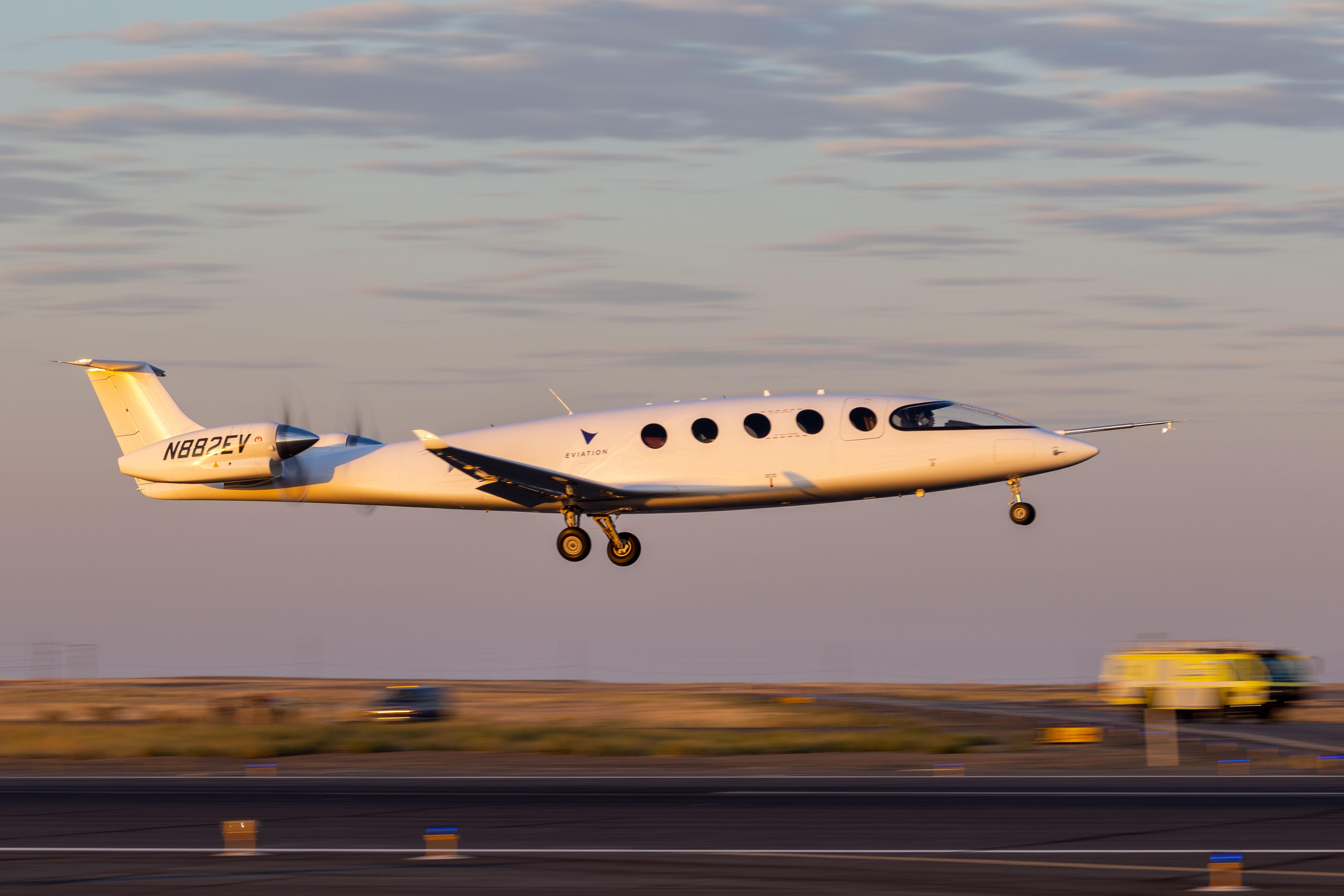
Credit: Eviation
Eviation successfully conducted the first flight of the Alice all-electric commuter and cargo aircraft prototype from Moses Lake, Washington, on Sept. 27, marking a major milestone on the road towards the fielding of a new generation of sustainable air vehicles. Flown by Eviation test pilot Steve...
Subscription Required
This content requires a subscription to one of the Aviation Week Intelligence Network (AWIN) bundles.
Schedule a demo today to find out how you can access this content and similar content related to your area of the global aviation industry.
Already an AWIN subscriber? Login
Did you know? Aviation Week has won top honors multiple times in the Jesse H. Neal National Business Journalism Awards, the business-to-business media equivalent of the Pulitzer Prizes.



